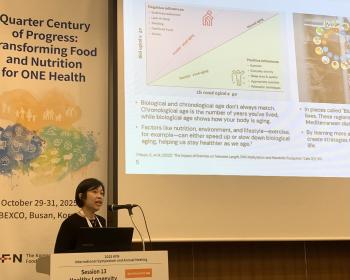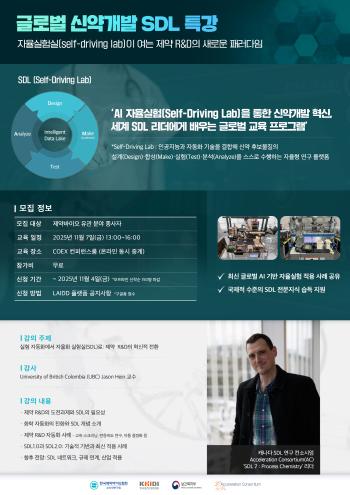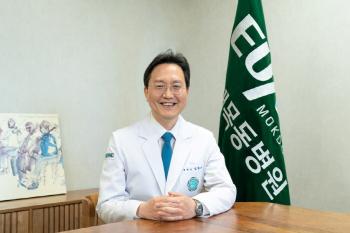Is a treatment for intractable head and neck cancer being developed?Identifying the mutation gene
Apr 15, 2025
|
The organoid model is a cell structure that is cultured like a small organ in vitro using stem cells. It refers to a small three-dimensional tissue that resembles the function and structure of our body organs.
The research team predicted that the results of this presentation will be valuable basic data for improving the survival rate of refractory head and neck cancer patients with poor prognosis due to poor treatment responses and developing new treatments.
Professor Park Young-min's team at Yonsei University Gangnam Severance Hospital formed a joint research team with Professor Dechen Lin and Dr. Nam Je-hyun at the University of Southern California (USC) Head and Neck Center to closely observe the major genetic roles involved in the progression of squamous cell carcinoma to invasive cancer in the precancerous stage.
Squamous cell carcinoma is the most common carcinoma that occurs in the upper digestive tract. It aggressively invades surrounding tissues and causes lymph node metastasis well, and the treatment results are not good due to poor response to standard treatment. In particular, head and neck cancer is difficult to treat because it occurs in the human body part involved in food intake and language use, and the quality of life decreases sharply when the part is lost. It is ideal to quickly find and prevent head and neck cancer lesions, but unfortunately, no treatment method for precancerous lesions before head and neck cancer occurs has been developed. The research team aimed to identify the mechanism of early development of head and neck cancer.
First, the research team extracted and analyzed 323 multi-region tumor samples from a total of 72 squamous cell cancer patients and found that MLL3 gene mutations play an important role in the evolution of early squamous epithelium into neoplasms.
Next, the research team began to produce an organoid model to reproduce the process of developing benign squamous cell carcinoma (SCC), which penetrates the basilar membrane and invades surrounding tissues through a dysplasia process. We created the world's first three-dimensional squamous cell organoid model by extracting normal squamous epithelium from human and mouse oral tissues. In this process, the research team constructed an organoid model that excluded specific genes or combined heterogeneous genes using CRISPR gene editing technology.
Through the completed organoid culture, the research team found that MLL3 gene mutations play a major role in the evolution of early squamous epithelium into neoplasms. MLL3 gene mutations lose function due to mutations during the early formation of squamous cell tumors, promoting cancer development.
In addition, the research team proved that the epigenetically 'MLL3/GRHL2' protein complex acts on a genome control site called an enhancer to regulate anti-tumor immune function and is involved in lymphocyte infiltration in tumors.
Professor Park Young-min and Dr. Nam Je-hyun, who led the study, said "MLL3' gene mutation can give meaning to the fact that it has increased the survival rate of refractory head and neck cancer patients and laid the groundwork for the development of new immuno-based treatments by identifying the mechanisms by which the gene mutation lowers the effectiveness of immune anticancer drugs used in refractory head and neck cancer patients using animal models."
The paper was published in the latest issue of the SCIE journal 『Journal of Experimental Medicine (IF 12.6)" in the field of basic and intermediary research in immunology and cell biology.
|
This article was translated by Naver AI translator.















